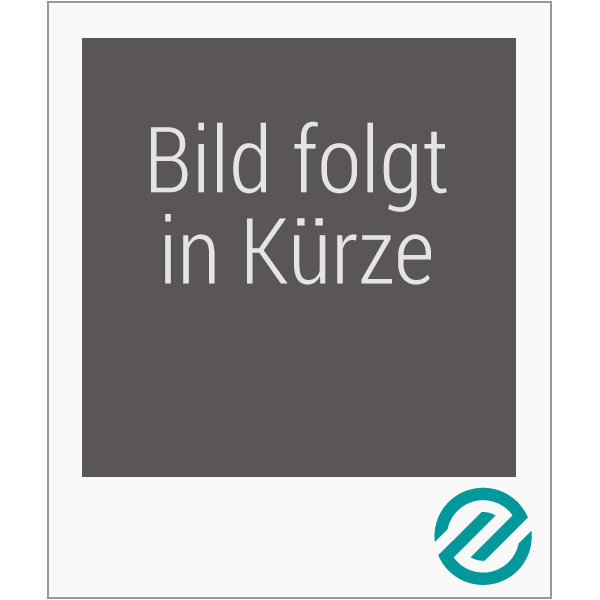Soil protection is a challenge for the new Millennium. Background information on the natural and human-influenced chemical composition of soils is urgently needed. This atlas, result of the Baltic Soil Survey, shows the distribution of over 40 elements in agricultural soils from 10 countries surrounding the Baltic Sea. Topsoil (0-25 cm) and bottom soil (50-75 cm) samples from 750 sites were analysed by up to four methods giving bioavailable and total element concentrations. Geological history is one of the key factors controlling the distribution of nutrients and potentially harmful elements in soils. Either the composition of bedrock is reflected in the element concentrations, or the evolution of Quaternary sediments defines the composition of soil parent material. Climate (e.g., precipitation and temperature), input of marine aerosols, differences in local topography, age of the soil, land use changes, agricultural practice and pollution can all have an influence on the elementconcentrations in soils. Comparison of element levels in soils from a very large area (1,800,000 square km), collected from two sample depths and analysed with up to four analytical methods, allows a better understanding of the relative importance of a multitude of processes on the chemical composition of agricultural soils.
Bitte wählen Sie Ihr Anliegen aus.
Rechnungen
Retourenschein anfordern
Bestellstatus
Storno

